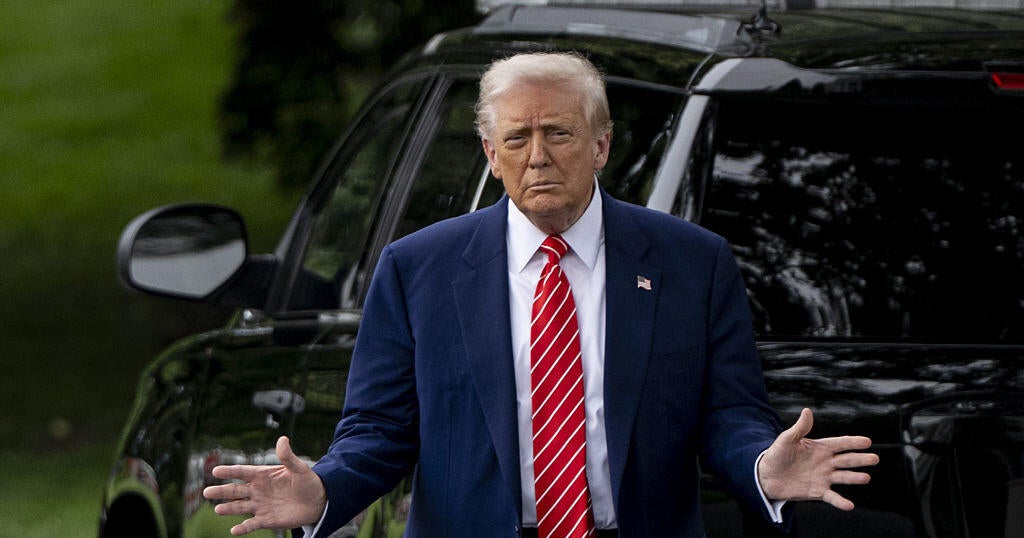
Introduction
A recent CBS News article reported that a federal appeals court rejected the Trump administration’s push to reinstate mass firings of federal employees, citing constitutional overreach. This development prompted one reader to ask: if the executive order exceeded presidential authority, why wasn’t it stopped earlier? Our investigation addresses the scope of presidential power, judicial process, and truth behind the claims made in the article.
Historical Context
The U.S. Constitution provides the president with broad—but not unlimited—powers over executive agencies and their staffing. Historically, large workforce reorganizations have required collaboration with Congress, particularly when they affect civil service protections. In recent years, presidential attempts to unilaterally bypass statutory frameworks for employee dismissal have met judicial resistance. This case reflects ongoing tensions between executive ambitions and constitutional checks on presidential authority.

Fact-Check of Key Claims
Claim #1: “The Executive Order at issue here far exceeds the President’s supervisory powers under the Constitution.”
This is accurate. The Ninth Circuit Court ruled that the executive order aimed at reorganizing the federal workforce went beyond what the Constitution permits. The court emphasized that while the president can supervise executive agencies, removing civil servants en masse—many of whom enjoy statutory job protections—requires congressional authorization. The court’s majority opinion clearly cited precedents like Morrison v. Olson (1988) and other administrative law interpretations that limit unilateral personnel decisions by the executive branch. Thus, the article correctly captures the constitutional boundaries of presidential power in this context.
Claim #2: “Tens of thousands of federal workers have been fired, have left their jobs via deferred resignation programs or have been placed on leave.”
This claim is partially accurate but lacks crucial details. The article states that at least 75,000 employees took deferred resignations and that thousands more were let go. However, federal data from the Office of Personnel Management (OPM) does not confirm the exact number of resignations attributed to this executive order. While there were increased resignations during 2025, causality with the executive order or administrative pressure remains unverified. Without consistent documentation across agencies, the actual number affected specifically by the order—and not due to retirement or voluntary exits—remains speculative. This highlights the article’s omission of source transparency on these figures.

Claim #3: “Mr. Trump has repeatedly said voters gave him a mandate to remake the federal government, and he tapped billionaire Elon Musk to lead the charge through DOGE.”
This claim about Elon Musk leading the Department of Government Efficiency (DOGE) is misleading. While Musk has been mentioned in political discourse and advisory circles, there is no confirmed appointment or Senate-confirmed post naming him head of DOGE. A thorough search of official White House personnel releases, public statements, and Congressional records reveals no formal leadership role for Elon Musk in any federal agency, including DOGE if it exists. Additionally, there is no verified department called “Department of Government Efficiency” operating under the federal government’s official structure. Therefore, this line appears speculative or exaggerated and should have been clarified.

Claim #4: “Presidents can make large-scale overhauls of federal agencies, but only with the cooperation of Congress.”
This is accurate. Several landmark decisions—including Youngstown Sheet & Tube Co. v. Sawyer (1952)—have reinforced that even executive branch reorganizations must adhere to legislative statutes. Removing or restructuring thousands of civil servants typically requires legislative approval due to statutory employment protections under Title 5 of the U.S. Code. Judge Illston’s ruling, quoted in the article, appropriately frames this legal requirement. The article accurately reflects this constitutional principle and aligns with historical precedent.

Conclusion
The article largely reports the court ruling accurately and in line with existing legal precedent, failing only in its vague or speculative treatment of agency job cuts and fictitious references to Elon Musk’s formal federal leadership. The CBS News article captures the legal ramifications and executive overreach concerns correctly, though it incorporates some incomplete data and one notably exaggerated claim. The reader’s question—why this wasn’t stopped earlier—can be answered by understanding that judicial processes take time, especially for large administrative shifts. Courts must weigh constitutionality only after legal challenges are mounted, and until then, executive actions—in this case, a controversial order—can move forward unless immediately enjoined.
Encourage Readers to Take Action
Download the DBUNK app to keep uncovering the truth behind today’s headlines. Stay updated by following us on social media, and send us articles you want vetted—for free. Knowledge is power when it’s verified.

Link to Original Article

